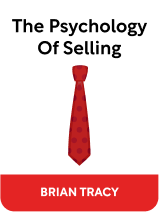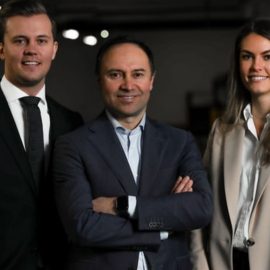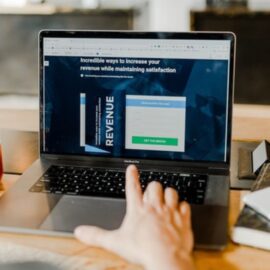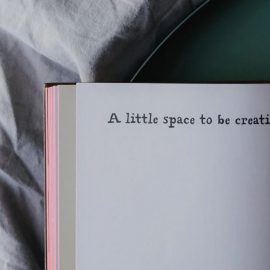

This article is an excerpt from the Shortform book guide to "The Psychology Of Selling" by Brian Tracy. Shortform has the world's best summaries and analyses of books you should be reading.
Like this article? Sign up for a free trial here .
What is the best way to open a sales pitch? How can a successful opening get you closer to closing?
A sales pitch opening is like a first impression in a social exchange: it determines how the rest of the interaction is going to unfold. A good opening will plant the seeds for a strong closing, giving you a much higher percentage of successful sales.
In this article, we’ll take a look at two opening techniques: 1) the “fair exchange” opening, and 2) the qualified opening.
How to Open a Sales Pitch
No matter what you are selling, you need to have a strong opening to your sales pitch. Both “the fair exchange” and “the qualifier” opening sales pitch techniques will get your customer to agree to give you an answer at the end of your pitch, preventing them from putting you off with a vague “I’ll have to think about it.”
1. The Fair Exchange Opening
With this opening, you propose a fair exchange: “The only thing I’d like to do today is show you why so many others in your industry have purchased this product and rave about it. All I ask is that you take a look at what I’m going to show you, think it over with an open mind, and at the end of our conversation, let me know if you think it applies to your situation. Does that sound fair?”
This technique does two things: First, it hints that other people have high opinions of your product, which appeals to the prospect’s desire for social approval that we discussed earlier.
Second, it allows you to remind your prospect at the end of the presentation that she agreed to give you an answer. If she says, “I have to think about it,” you can say, “I appreciate that, but you did promise to tell me if my product would or wouldn’t help your situation.”
You can further follow up by saying, “After what we discussed, it seems that my product answers your needs perfectly—unless there’s something I’m not understanding properly.” This kind of a statement will snap your customer out of her vagueness, and compel her to give you a reason for her hesitation. Once you have a specific objection, you can discuss it.
2. The Qualifier Opening
With the qualifier opening, you begin the meeting with a question that both emphasizes the primary benefit of your product and also qualifies your prospect, or evaluates whether or not she’s able to make a purchase. For example, “If I show you the smartest investment on the market, are you able to invest $10,000?” If your prospect replies that she is not able to invest that much right now, you can follow up with a lower number: “Would you be able to invest $6,000?”
This question changes the focus from, “Let me show you something” to “Are you capable of reaping these benefits?” It makes her try to qualify herself, and it gives you the ability to force your prospect to make a decision at the end of your meeting. She can’t say she has to discuss your proposal with someone else because she’s already admitted she can commit.
You can also use this opening to weed out non-serious buyers. For example, if you ask your prospect if she is able to commit to purchasing a car after she’s test driven a few, and she tells you that she just bought a new car that she’s happy with, then you know not to spend any more time on trying to convince her of your product.

———End of Preview———
Like what you just read? Read the rest of the world's best book summary and analysis of Brian Tracy's "The Psychology Of Selling" at Shortform .
Here's what you'll find in our full The Psychology Of Selling summary :
- How to dramatically increase your sales
- How to know what your customers are thinking
- Brian Tracy's 10 guidelines for success






